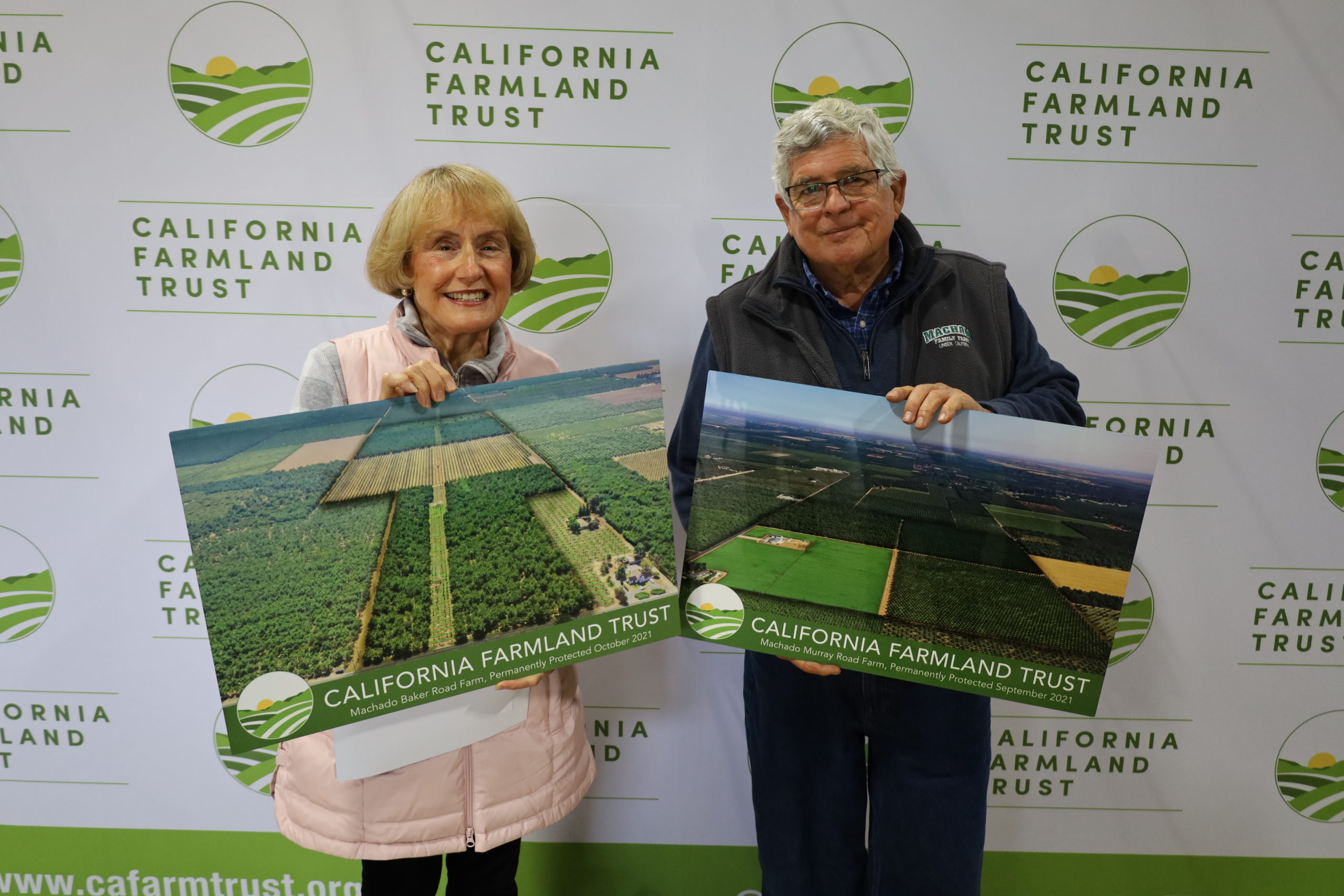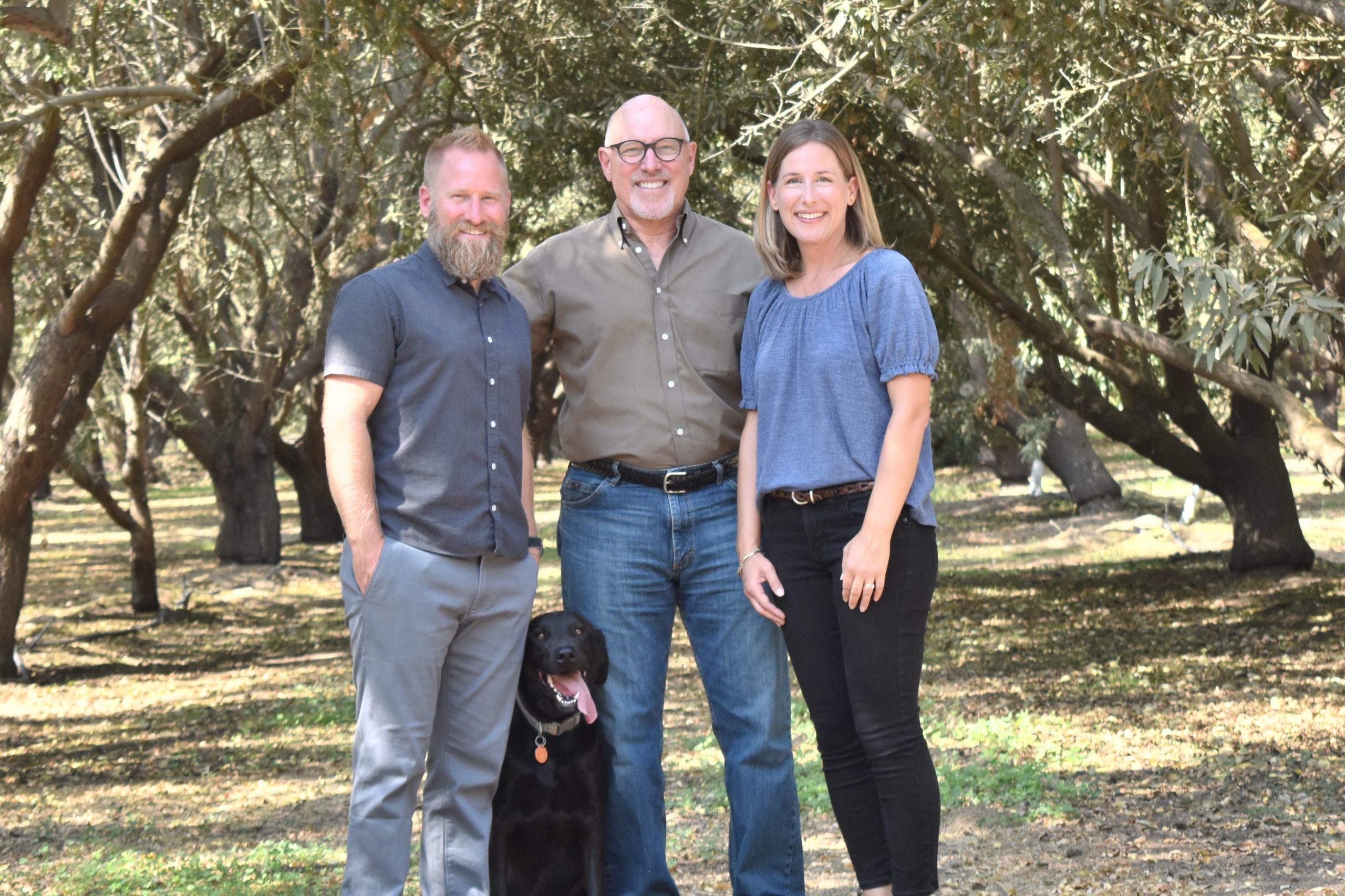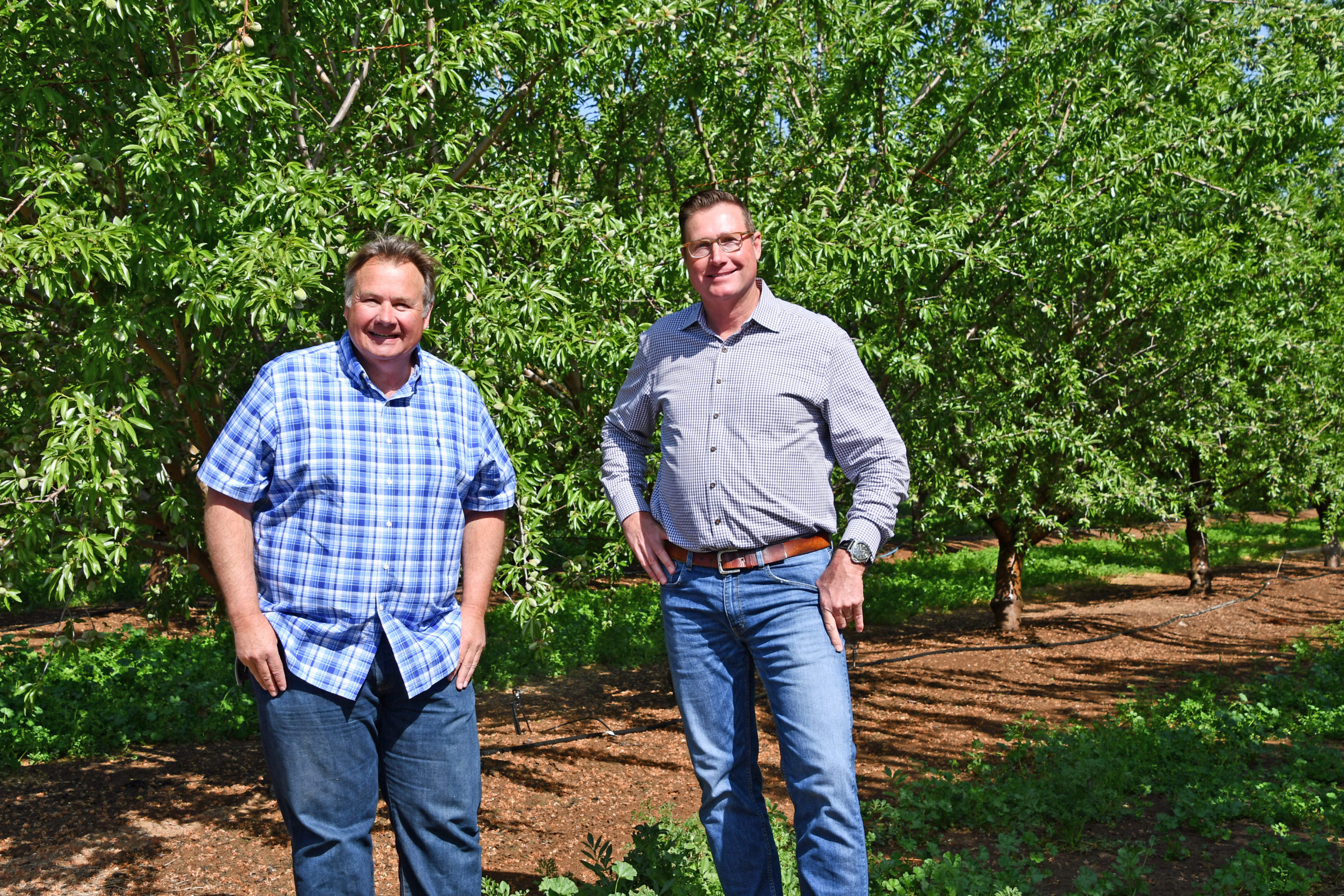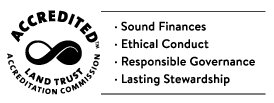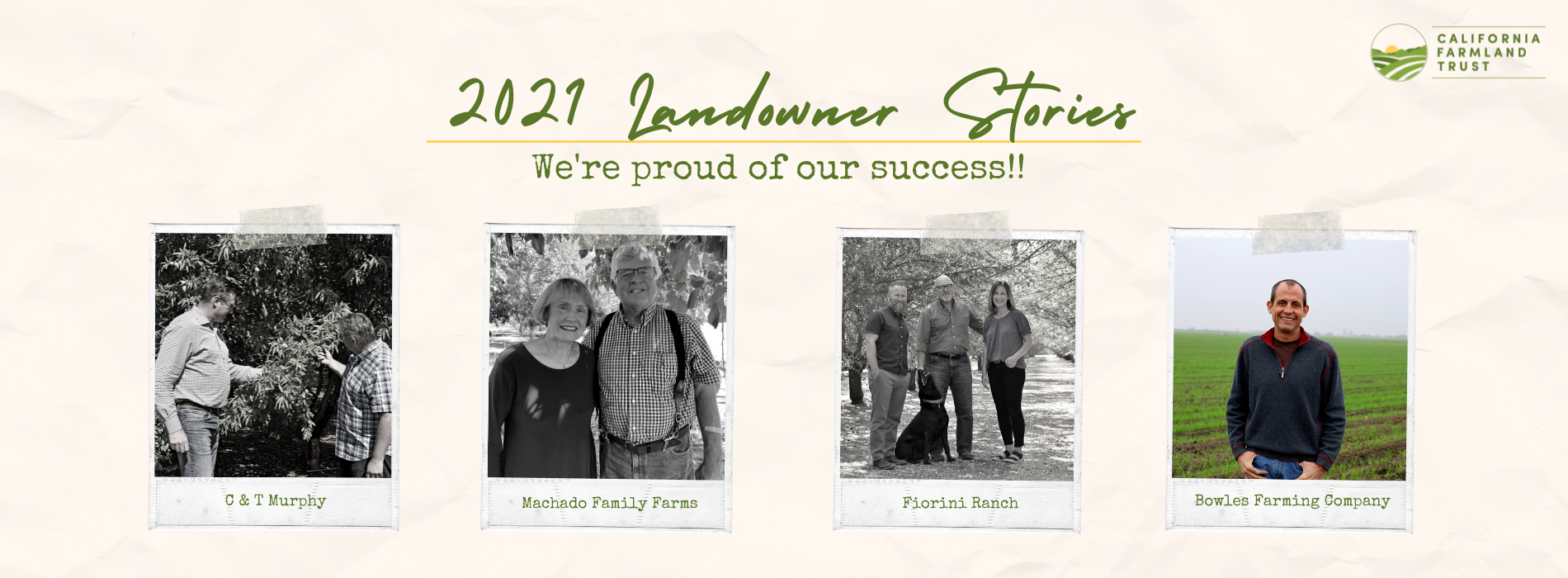
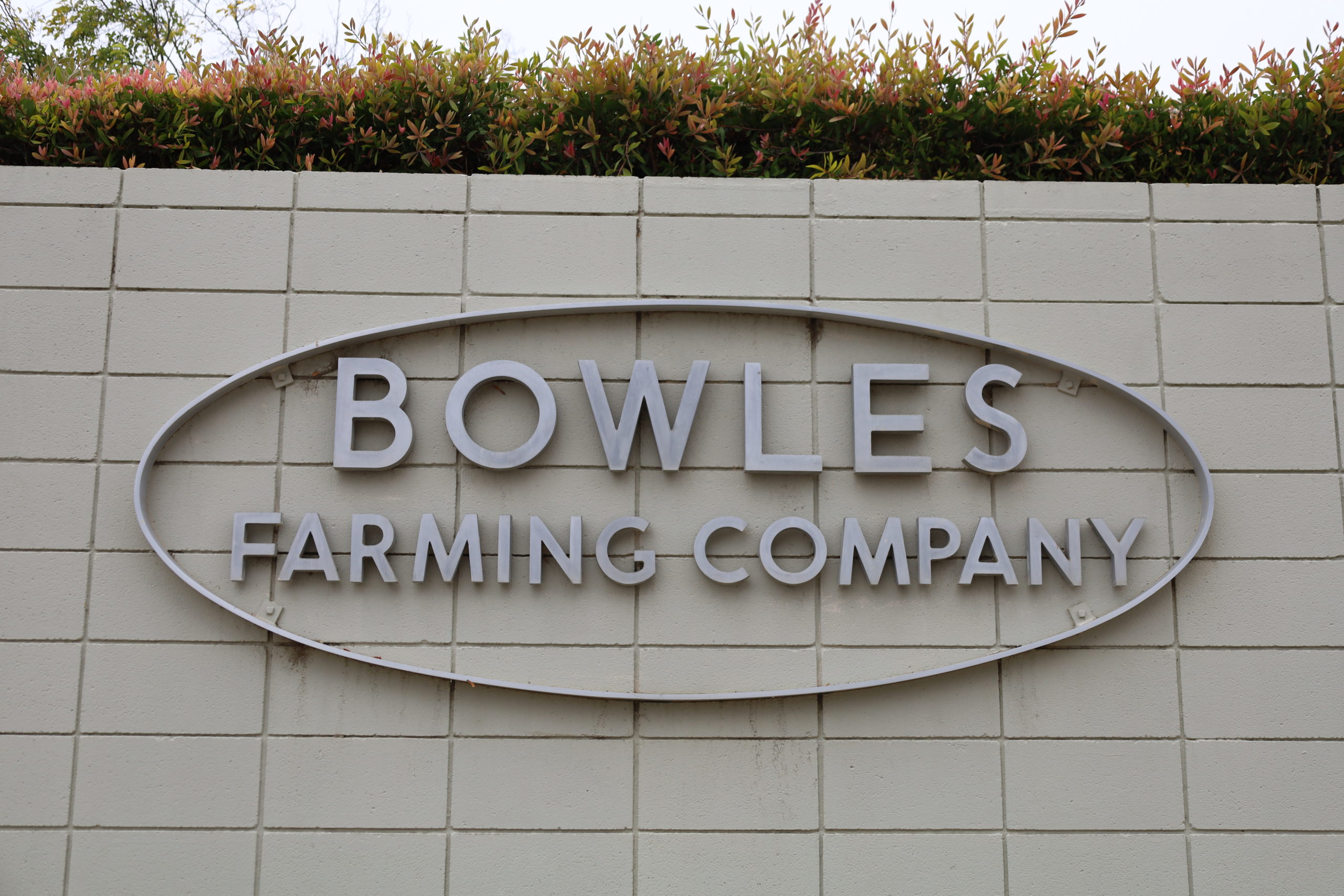
Building Upon Resilient Roots
Miller & Lux, Inc. Heir Works to Protect and Preserve Productive lands at bowles farming company
It’s not every day you hear of a family farm that has lasted in California for six generations, reiterating that Bowles Farming Company (BFCo.) is truly one of a kind. What started as a meat processing operation over 160 years ago by Central Valley pioneer, Henry Miller, has since blossomed into a diversified fruit, fiber, and vegetable business.
Miller, a German immigrant, made his name in California agriculture as a cattle rancher and butcher, said Cannon Michael, Miller’s great-great-great grandson.
“Prior to coming to the United States, he had a brief stint as an apprentice butcher, so he knew the meat trade and that’s as much as he’d ever been exposed to in his young life,” Michael said.
Dominating California Agriculture
Miller made his way to California in the 1850s and joined forces with his business partner Charles Lux who too, was a German immigrant. Together, the two became the largest cattle producers in California and some of the largest landowners in the United States.
Their partnership, known as Miller & Lux, Inc., swept through numerous territories in California starting in the Bay Area, yet Miller’s climate-inspired strategy and business intuition helped him see the valley’s vast farming potential. Throughout his lifetime, Miller helped advance livestock genetics to better meat quality, introduced alfalfa seed to the western United States, and was instrumental in building water infrastructure and the foundations of California’s water rights system.
However, among the most treasured contributions he left behind is BFCo. in Los Banos, California, a subset farm of the original Miller & Lux, Inc. Today, it is managed by the sixth generation of the Bowles and Lawrence families.
“At one point, he owned over a million acres, and now we’re farming 11,000 acres,” said Michael, who serves as the President and CEO of BFCo. “It’s a pretty big contraction from what it was at one point, but we’re blessed to be farming some of the first land Henry Miller owned.”
Following Henry Miller’s Path
Michael started with BFCo. in 1998 and follows five generations of family members involved in the business. Though he wasn’t raised in the valley, Michael spent summers working on the family farm and always felt a pull to come back.
I used to love coming down with my grandfather and I always had an affinity for it,” Michael recalled. “I worked here as a teenager doing irrigation and tractor driving and liked the business, the land, and the people.”
Since assuming the management role, Michael has prioritized diversifying the operation to best serve consumer demands. They’ve expanded their crop markets to over 20 different commodities and incorporated both conventional and organic farming. Of the 11,000 acres under the BFCo. umbrella, 4,000 acres are owned by the Bowles and Lawrence families, while the remaining 7,000 acres are farmed by the company for other landowners.
As California becomes a more volatile place to farm, Michael realized the importance of keeping valuable farmland intact for generations to come.
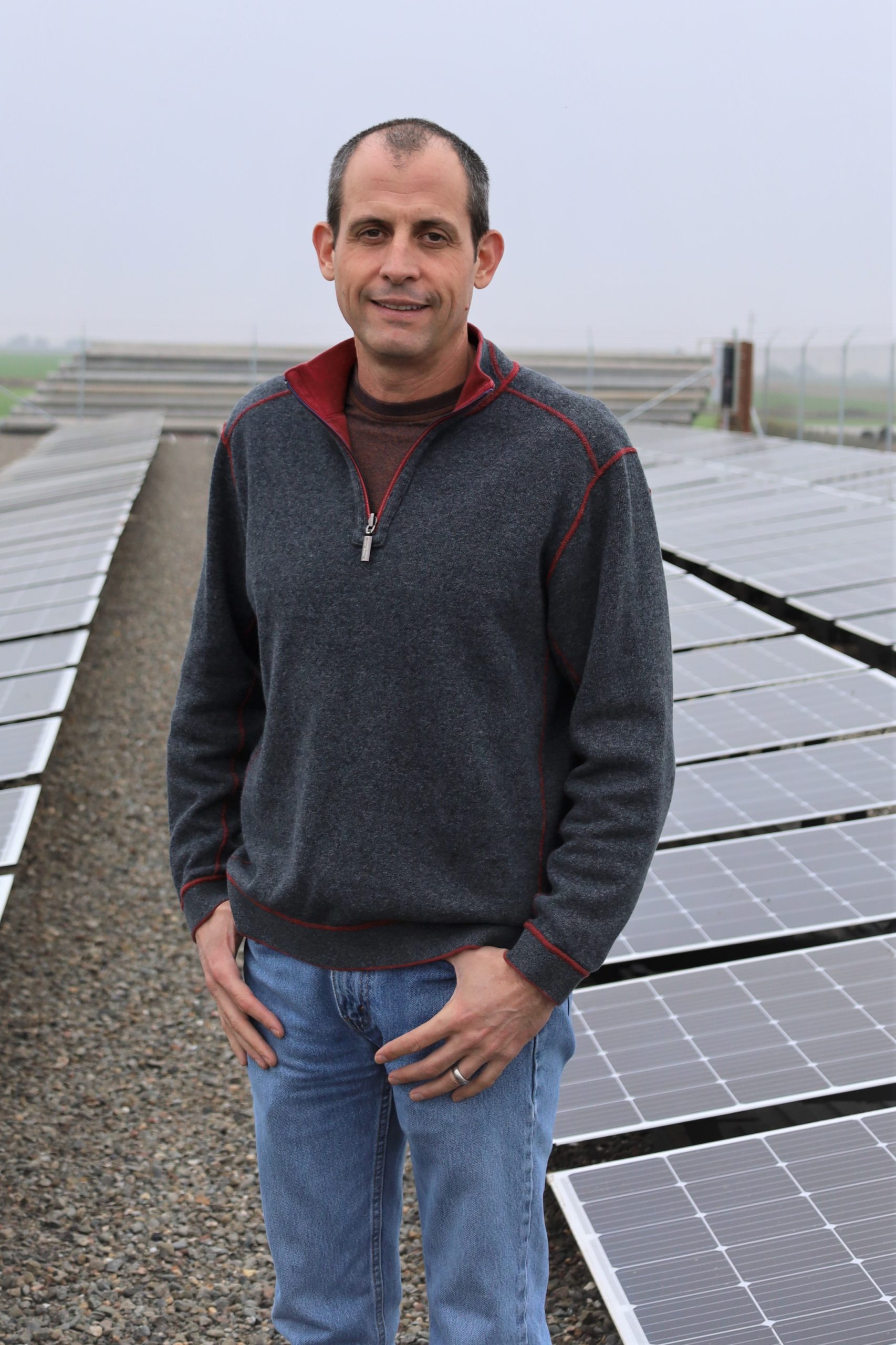
“California continues to be a challenging place for any business, not just farming,” Michael said. “We don’t plan on getting out of the farming business any time soon and we want this land to stay in productive farming for the future.”
Michael decided to pursue an agricultural conservation easement with California Farmland Trust (CFT) on BFCo’s “Lone Tree Ranch.” The easement, which closed in the fall of 2021, protected 327 acres, and helped CFT exceed 17,000 acres of total farmland protected. CFT has an extensive portfolio of protected farmland in Merced County, and Lone Tree Ranch was the 35th property to be completed in this county.
Funds for this project were made available through the California Strategic Growth Council’s (SGC) Sustainable Agricultural Lands Conservation Program (SALC), in collaboration with the Department of Conservation (DOC). SALC is part of California Climate Investments (CCI), a statewide program that puts billions of cap-and-trade dollars to work reducing greenhouse gas emissions, strengthening the economy, and improving public health and the environment.
Serving as an Industry Leader
Of all their properties, Lone Tree Ranch was selected as the first to be put in an easement, because of its high-quality characteristics and optimal field size, Michael explained. In the past, Lone Tree Ranch has grown a wide variety of commodities and is currently in the first year of being transitioned to organic, he added.
“These subset fields owned by Bowles Farming Company are unique and valuable, in that they contain high-quality soils, reliable water sources, produce high-yielding diversified crops, and incorporate practices which help sequester carbon to offset carbon impacts,” said Chelsea Slaton, conservation director at CFT.
Because of the farm’s long history, BFCo. water rights stem back to the early 1900s and their surface water availability and water district are some of the best in California, Michael said. Yet, they are still conscious of their water use and much of their operation, including Lone Tree Ranch, uses drip irrigation to conserve water. To offset the electricity needed to power the drip irrigation system, they have installed over 1.5 megawatts of solar energy, which helps reduce their overall footprint.
Additionally, Lone Tree Ranch was an excellent fit to demonstrate the easement process for their landowner partners, Michael added.
“I think it opened the door to not just our landlords, but probably some of our neighbors in the area, to consider preserving more farmland,” he said. “You continue to see all these valley towns gobbling up these peripheral areas and what you thought was the countryside at one point is now the suburbs.”
From an environmental standpoint, BFCo. focuses on improving the habitat throughout the farm, avoiding excess spraying, and restoring the native, beneficial species across their entire farm. They also aim to be leaders in regenerative agriculture by cover cropping, reducing tillage, and composting.
“I always look to see how the farm can be a partner in solving problems for urban issues like food waste and green waste,” he said. “We can turn compost into a valuable product that can benefit the community, benefit the farm, and be a multi-beneficial partnership.”
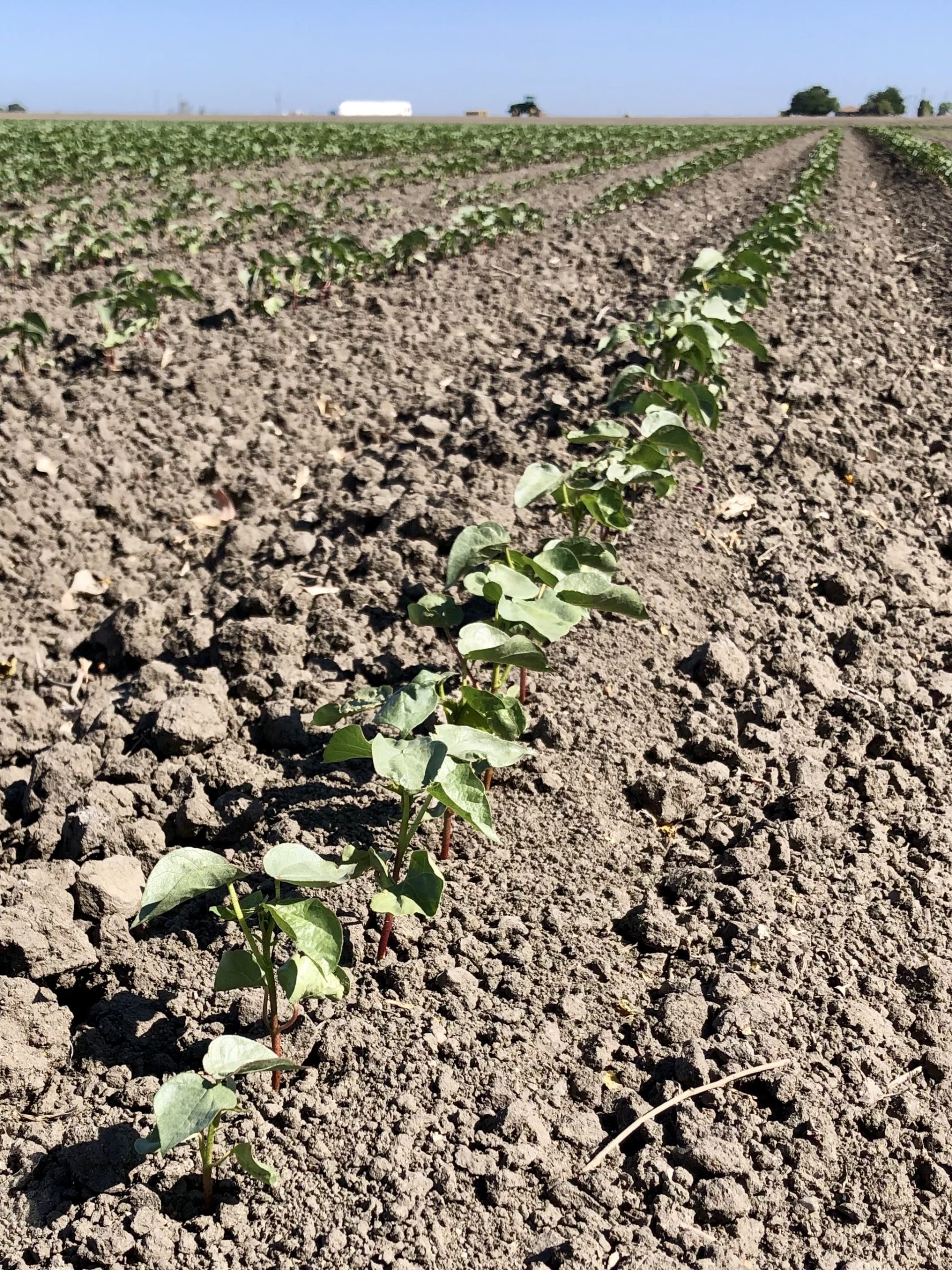
By protecting this farmland under an easement, BFCo. has avoided nearly 40,000 metric tons of carbon dioxide, which is equivalent to removing emissions from 8,566 vehicles driven for one year.
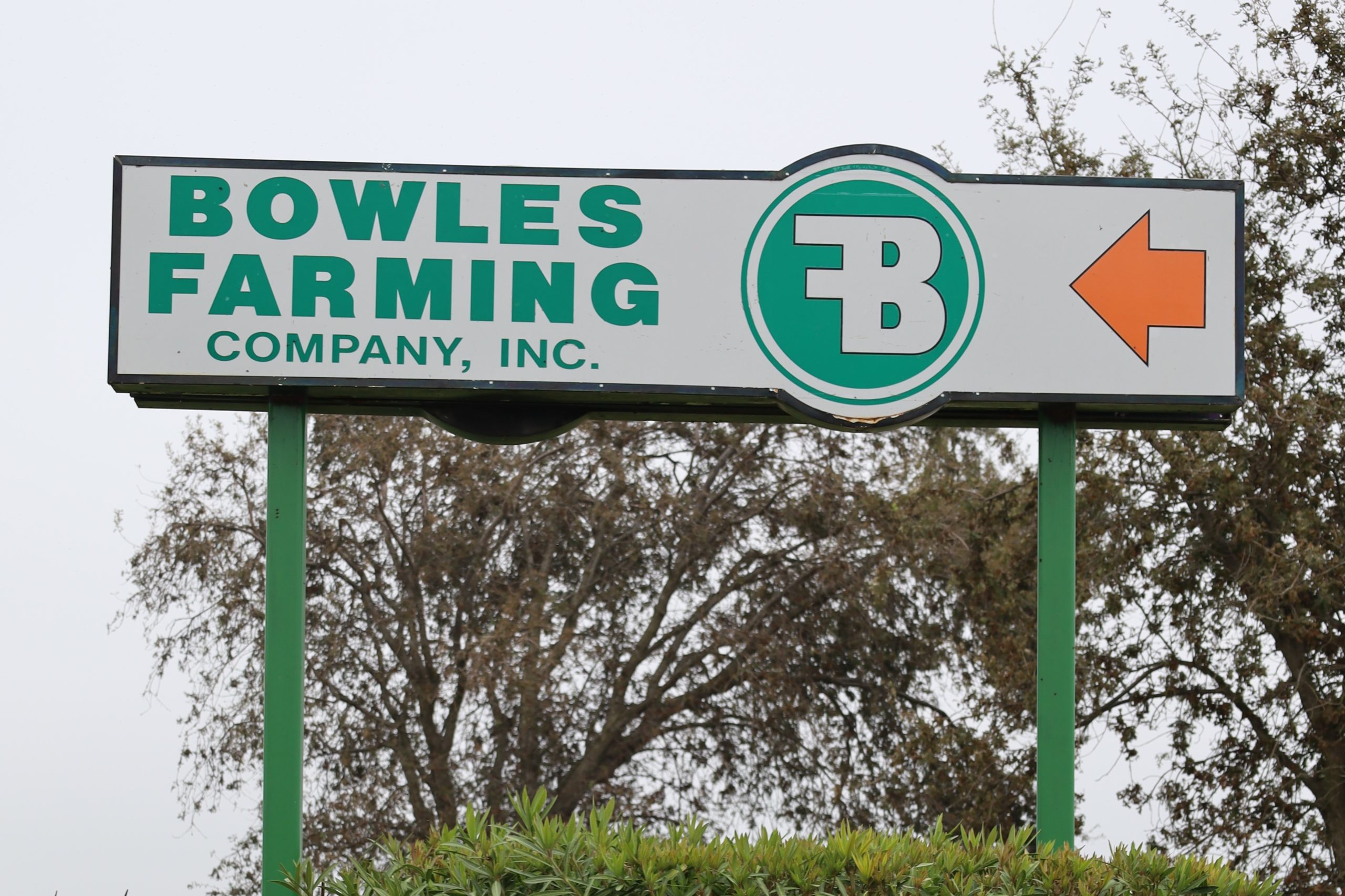
Looking Ahead
Michael is confident the farm will be able to provide opportunities in all areas – not just farming, and they’d like to see future generations adapt to these dynamics so the farm can continue to prosper.
“The regulatory rigor in California ensures the products produced here are grown with the highest standards to protect people and the environment,” Michael said. “I certainly think you can’t source from a better place than California, which is why we’d love to see the farm continue in agriculture.”
We hope you enjoyed part Four and the final story of our 2021 Landowner Series.
If you’re interested in learning more about our efforts, visit the links below.

Farmland Protection
Learn more about what an Agriculture Conservation Easement (ACE) is and how it can help farmers.

Education
Did you know CFT has curriculum available in English and Spanish to educate students about farmland?

Events
CFT’s Race to Slow the Pace connects people with nature, the environment and the family farms that feed them.

